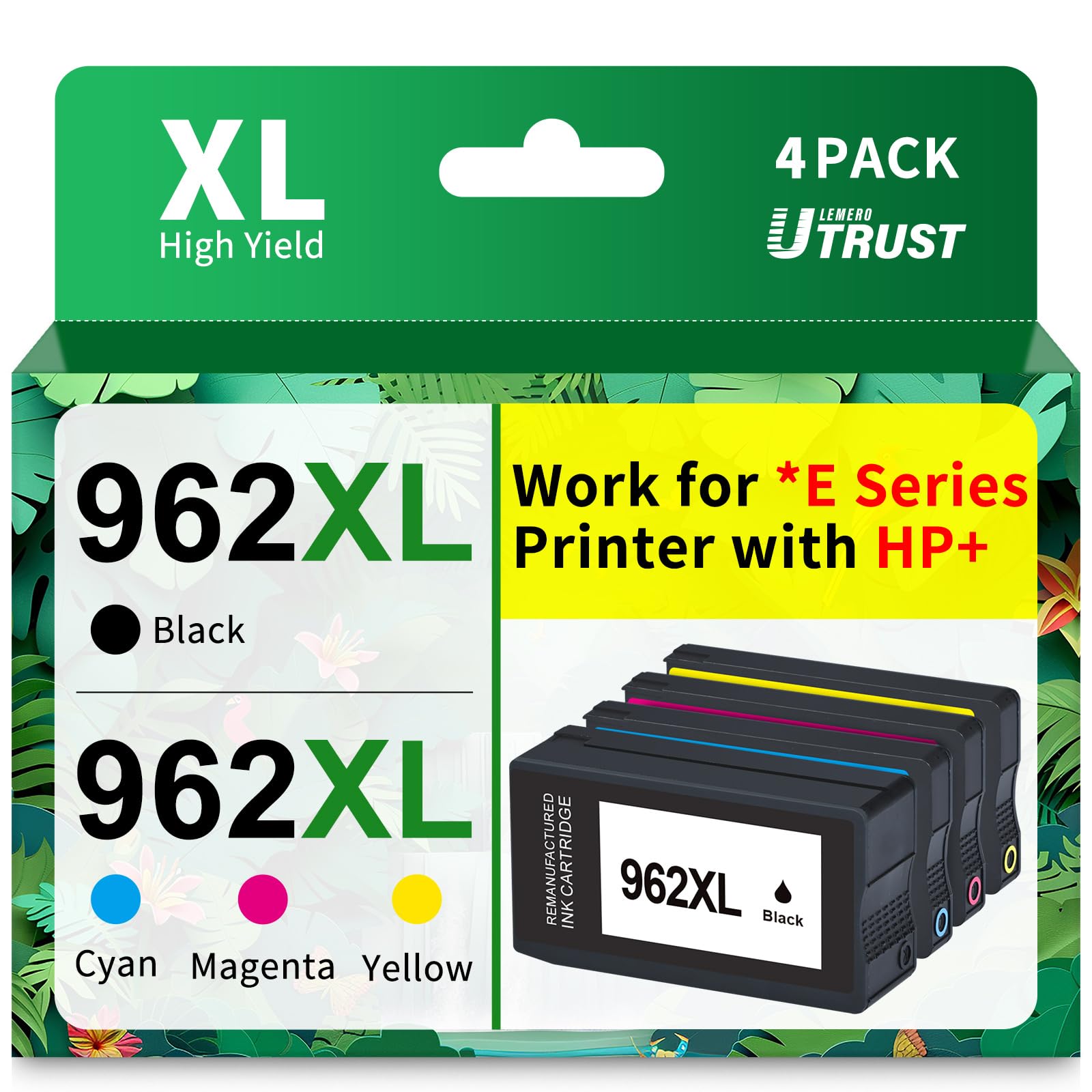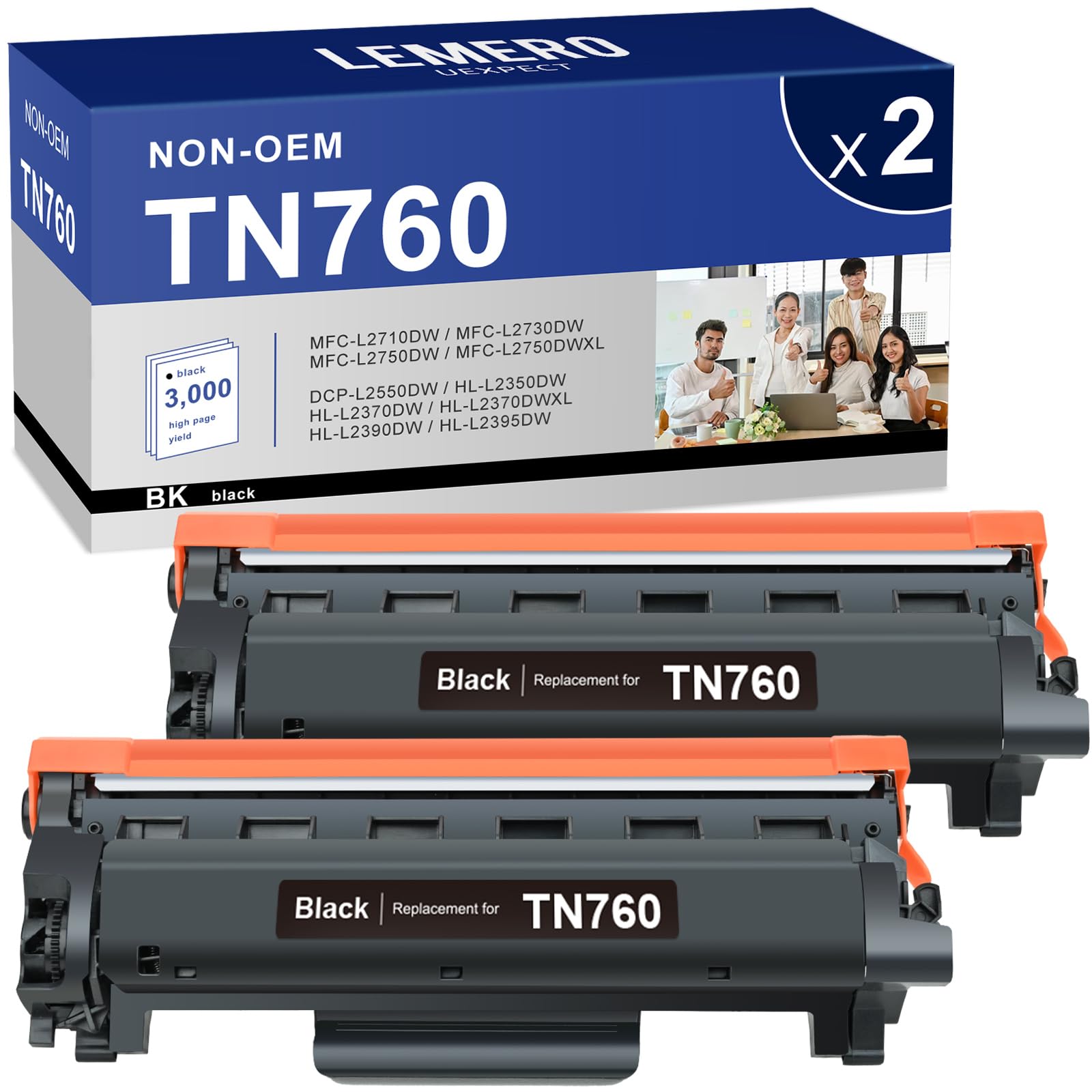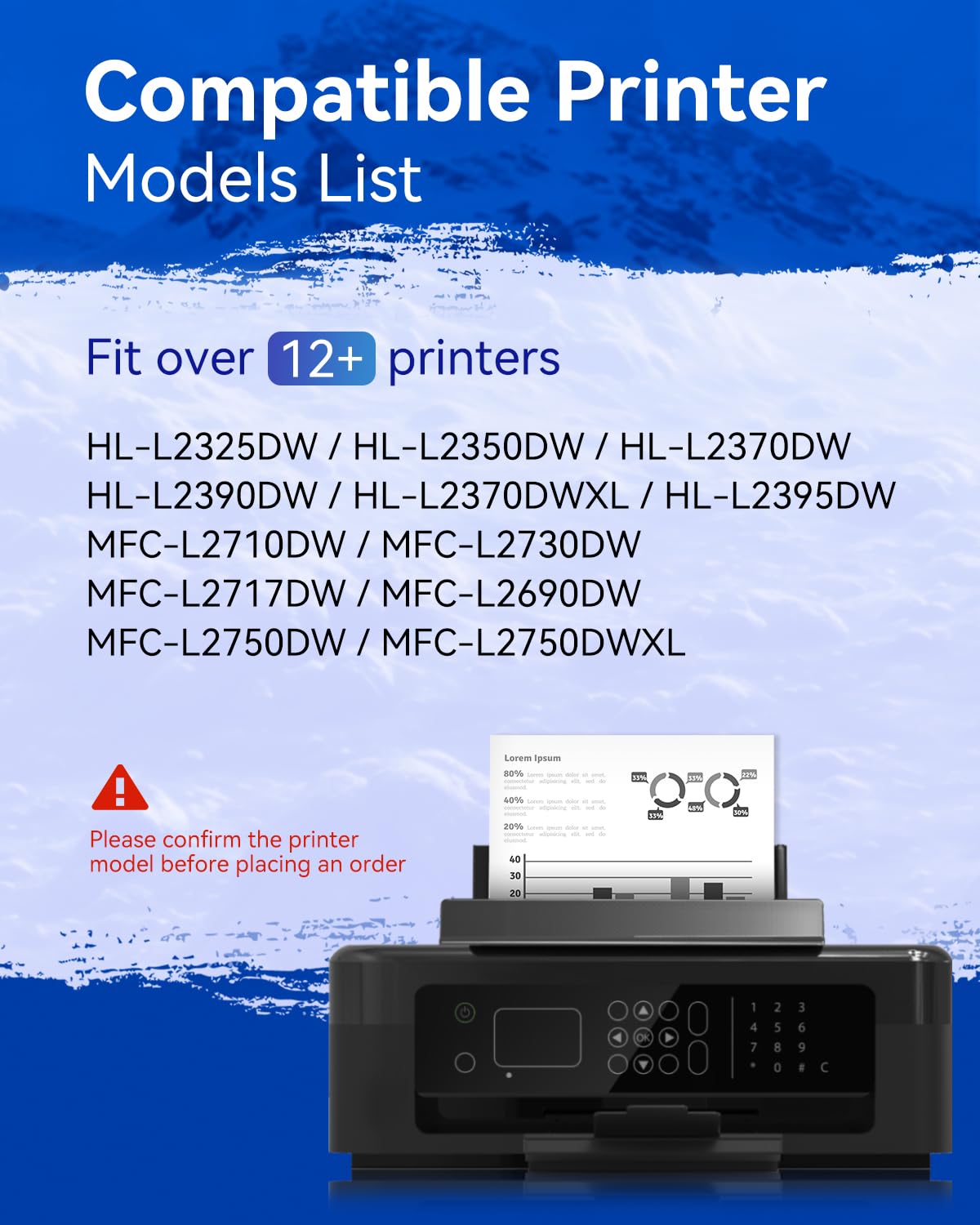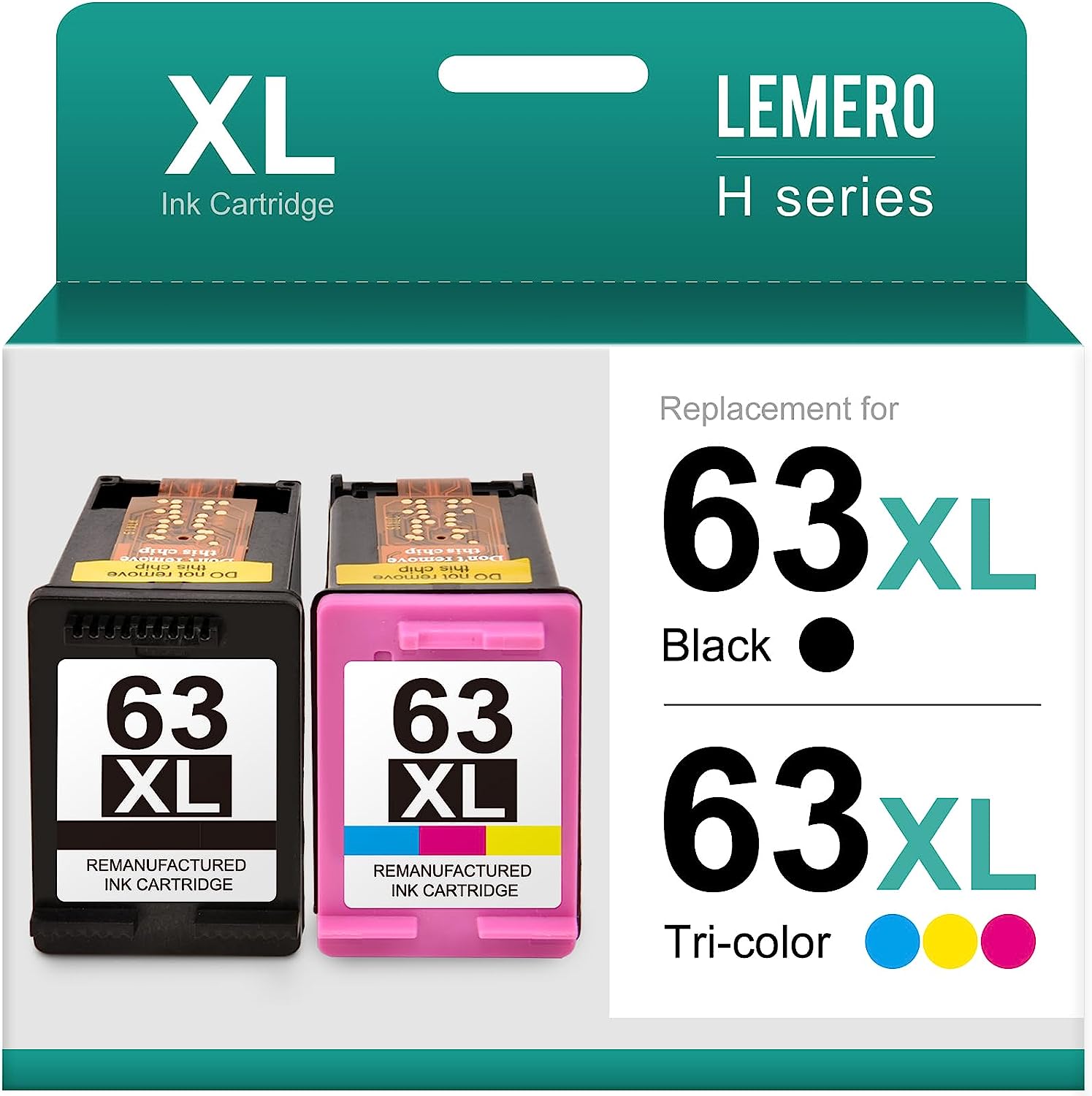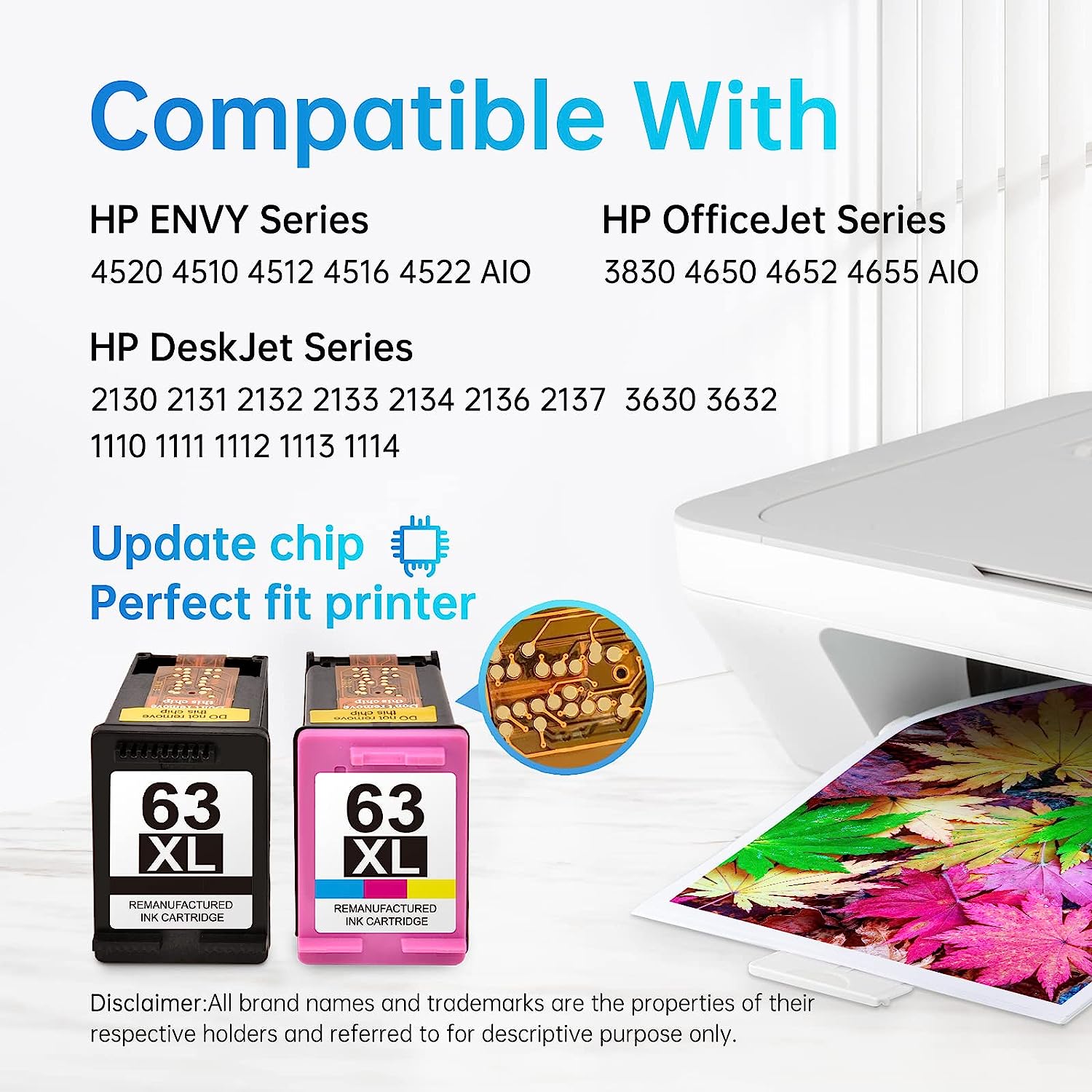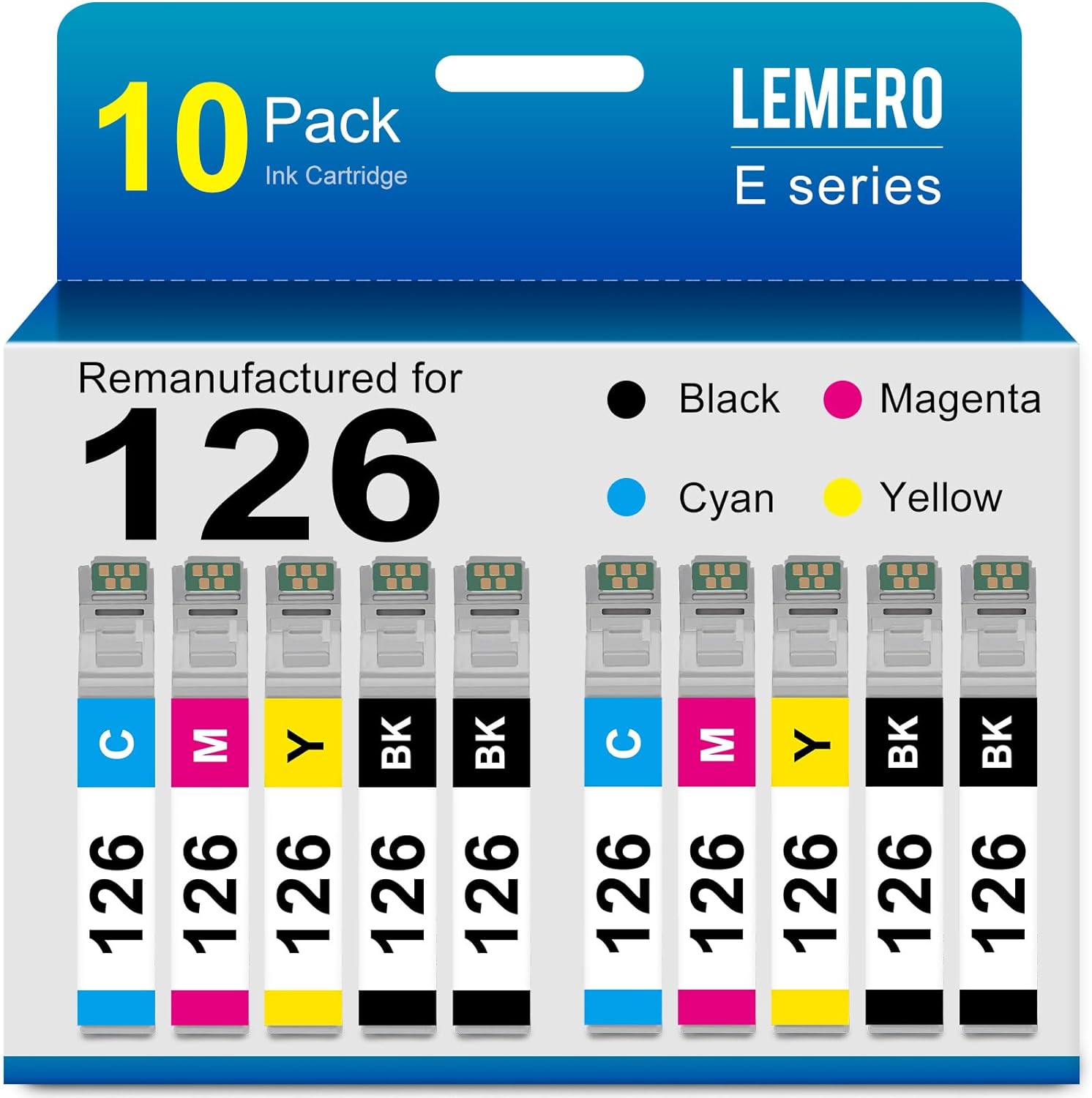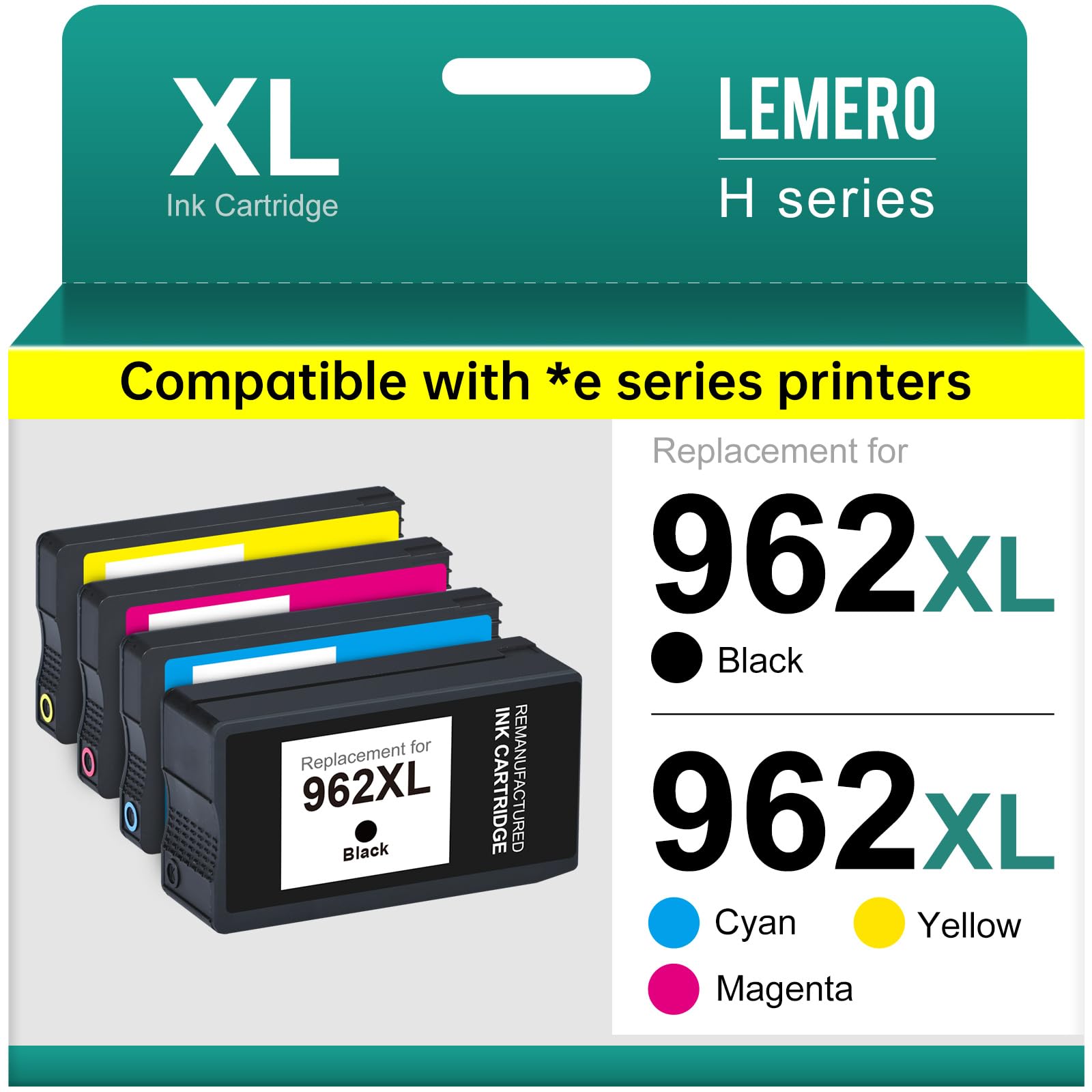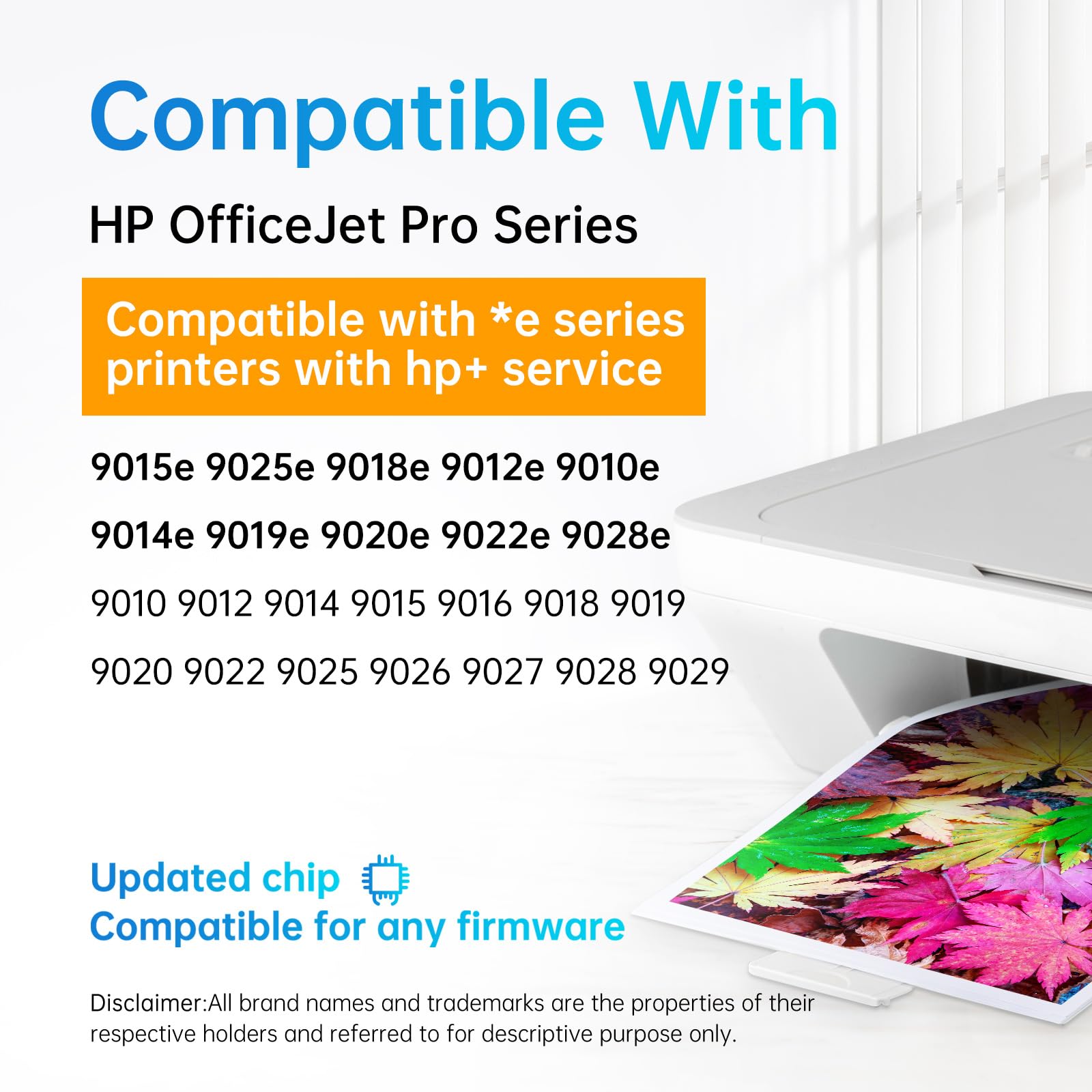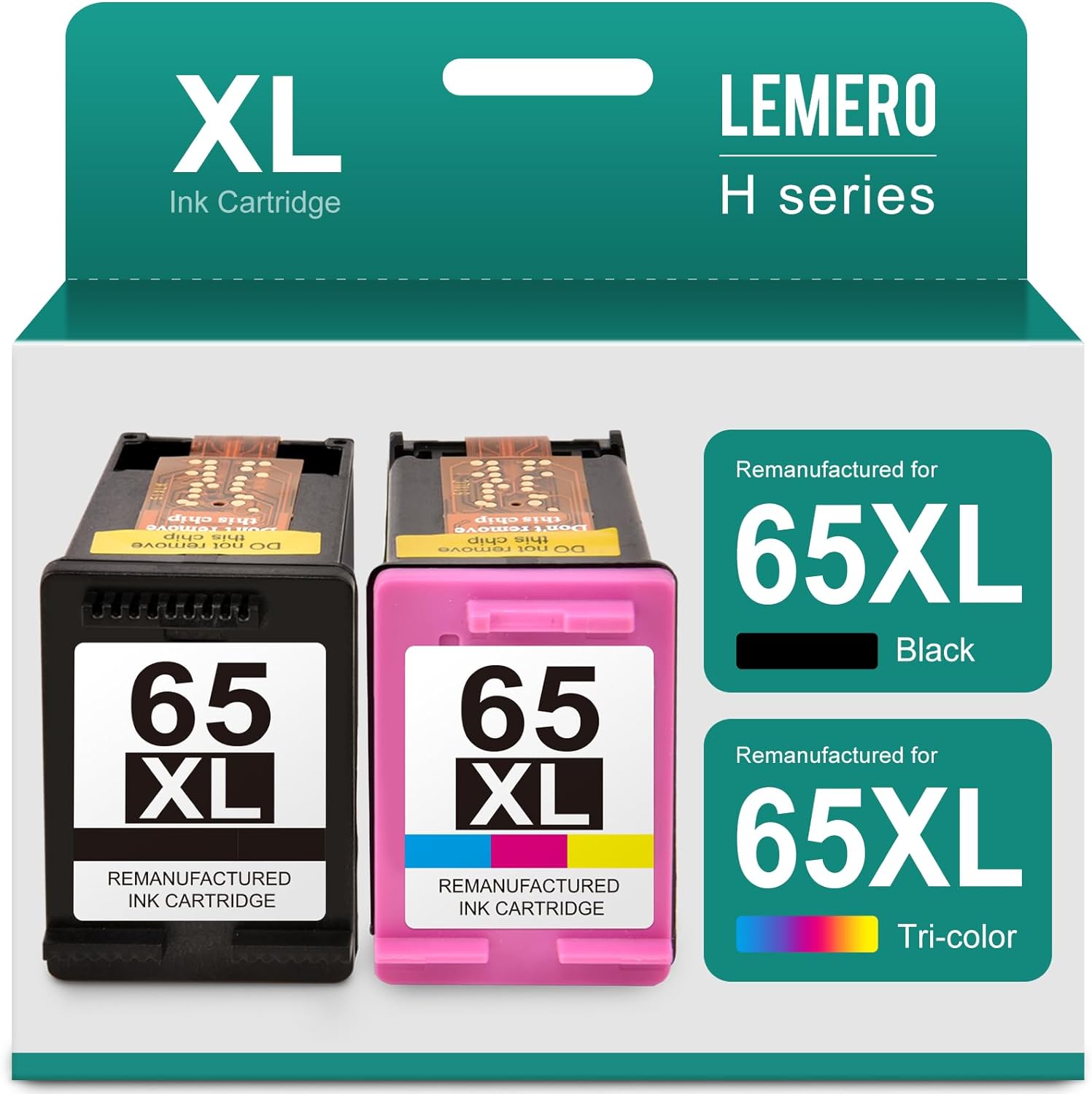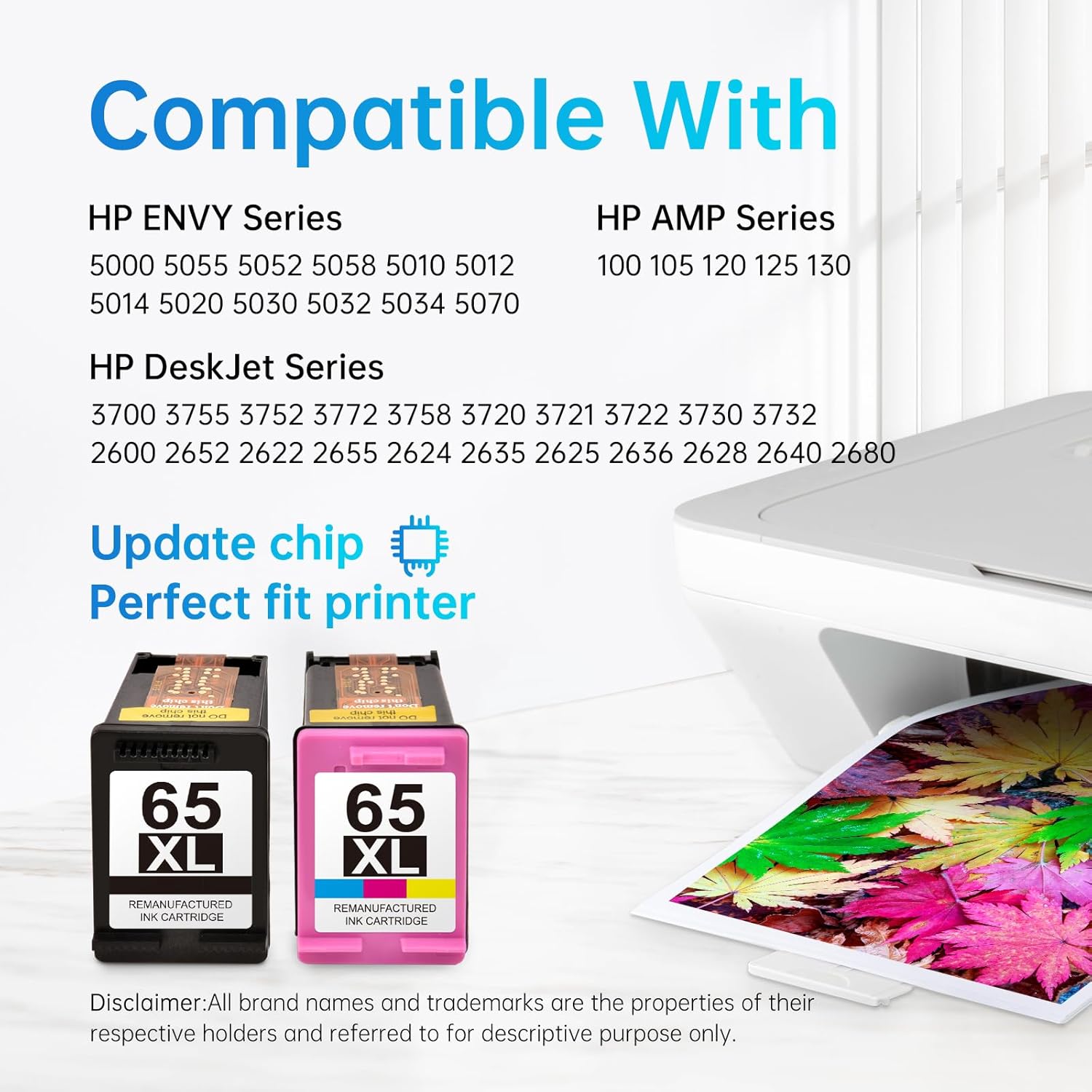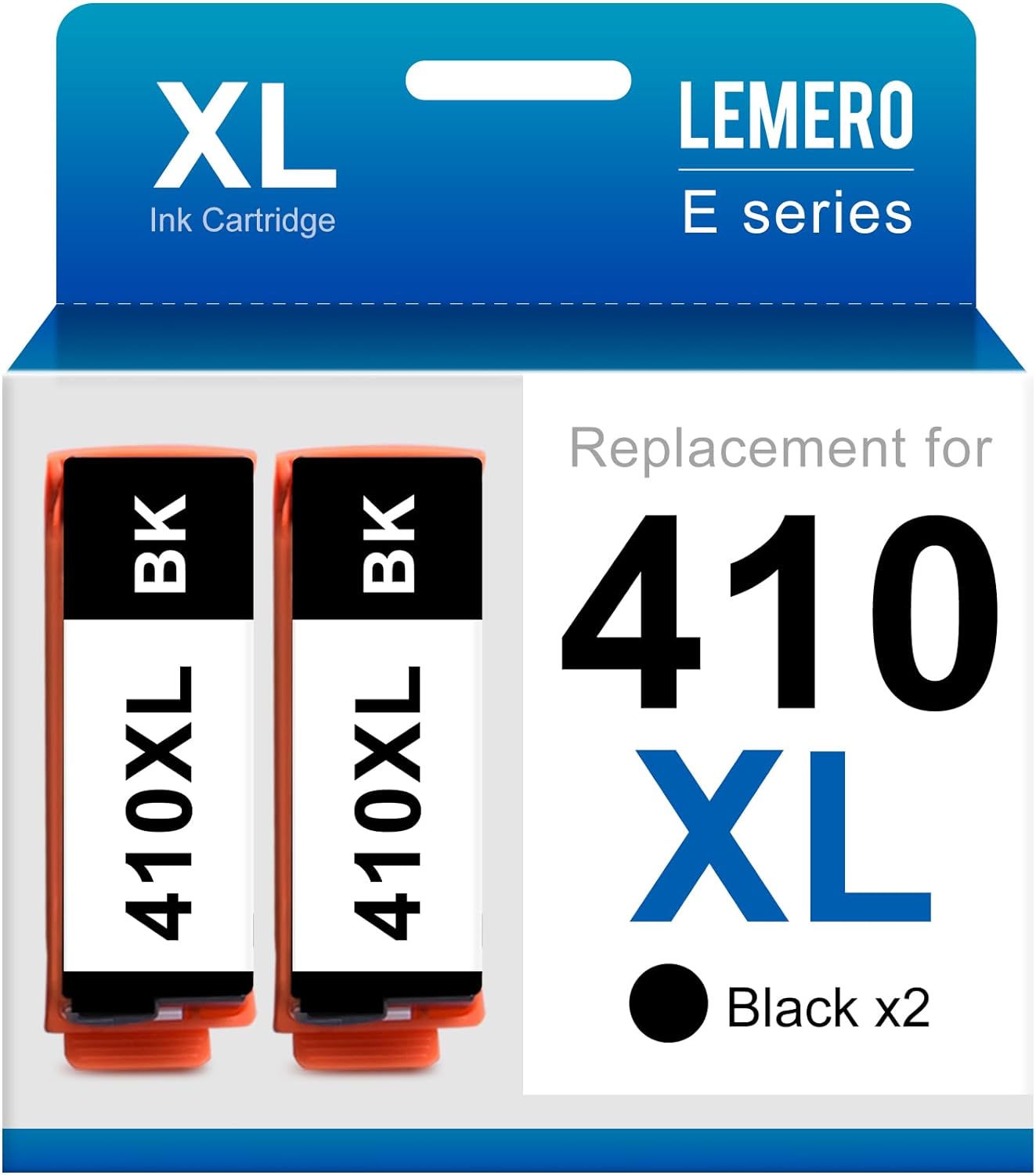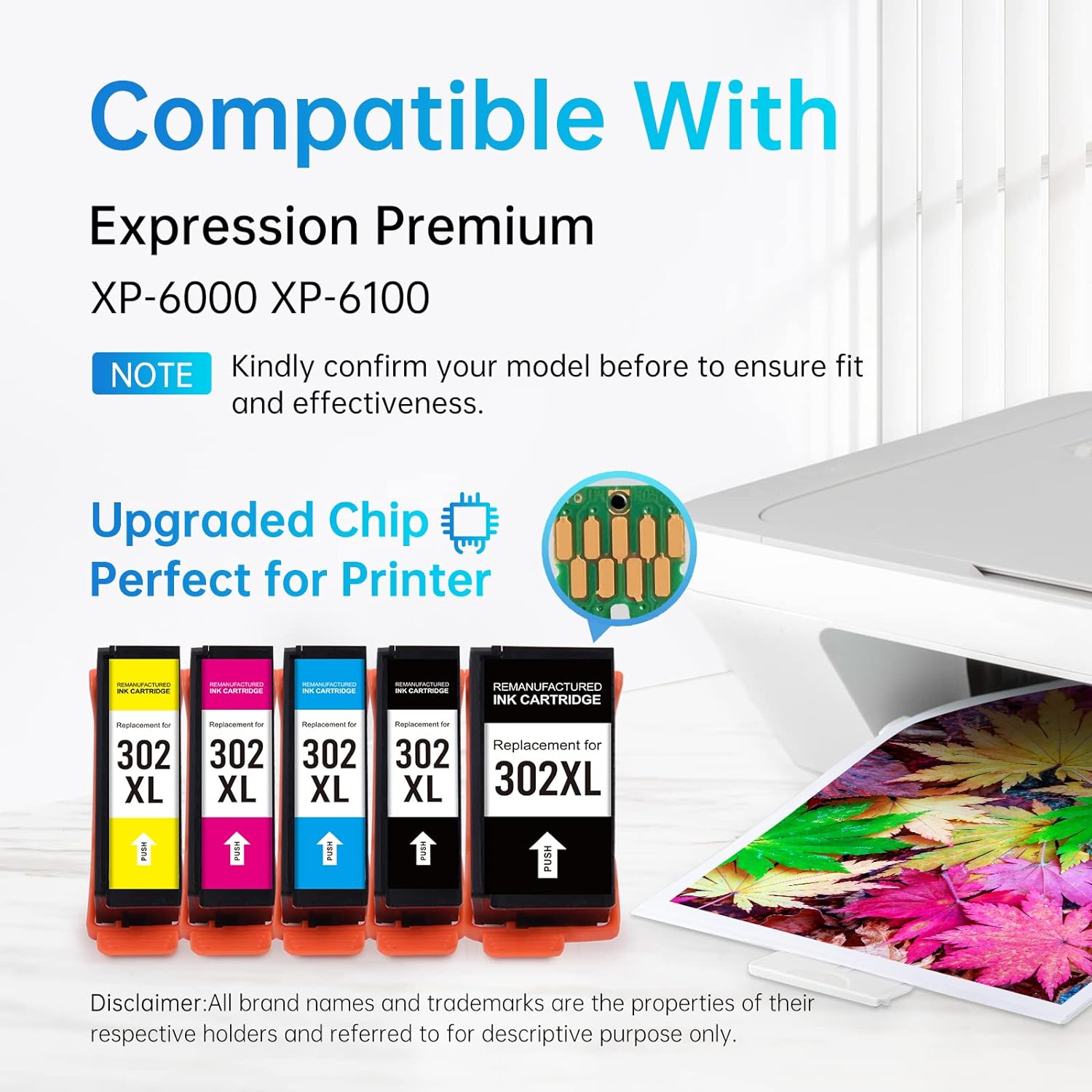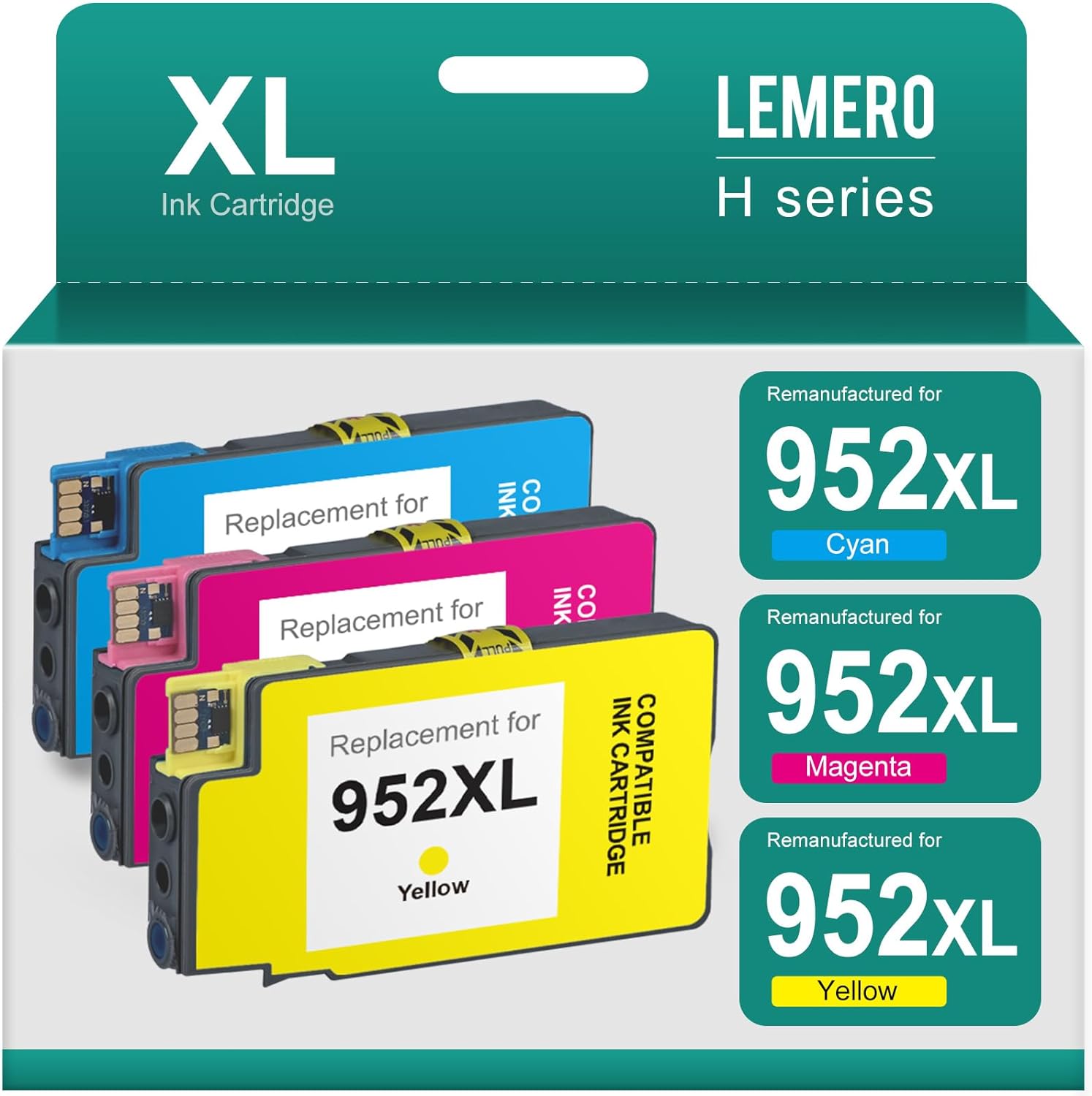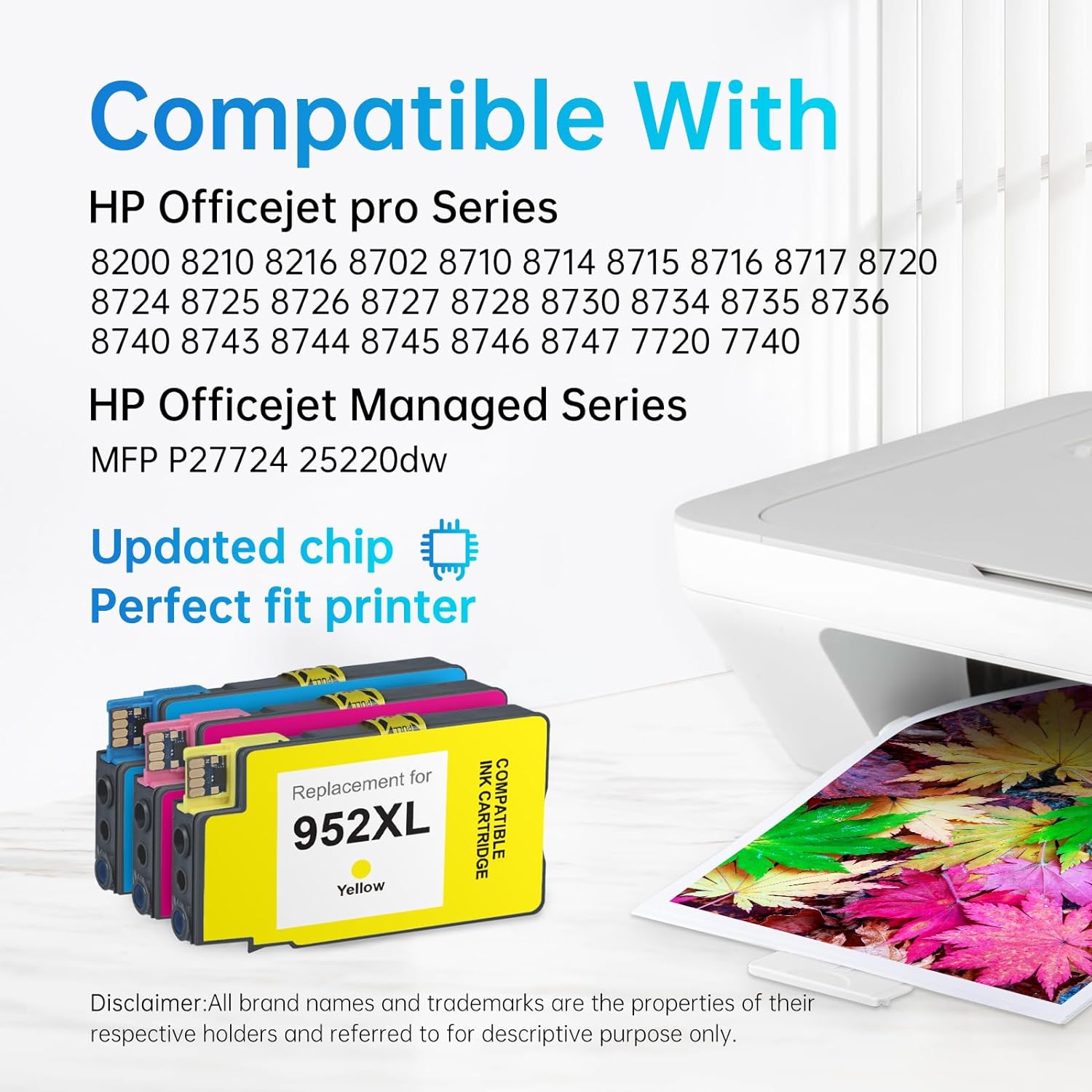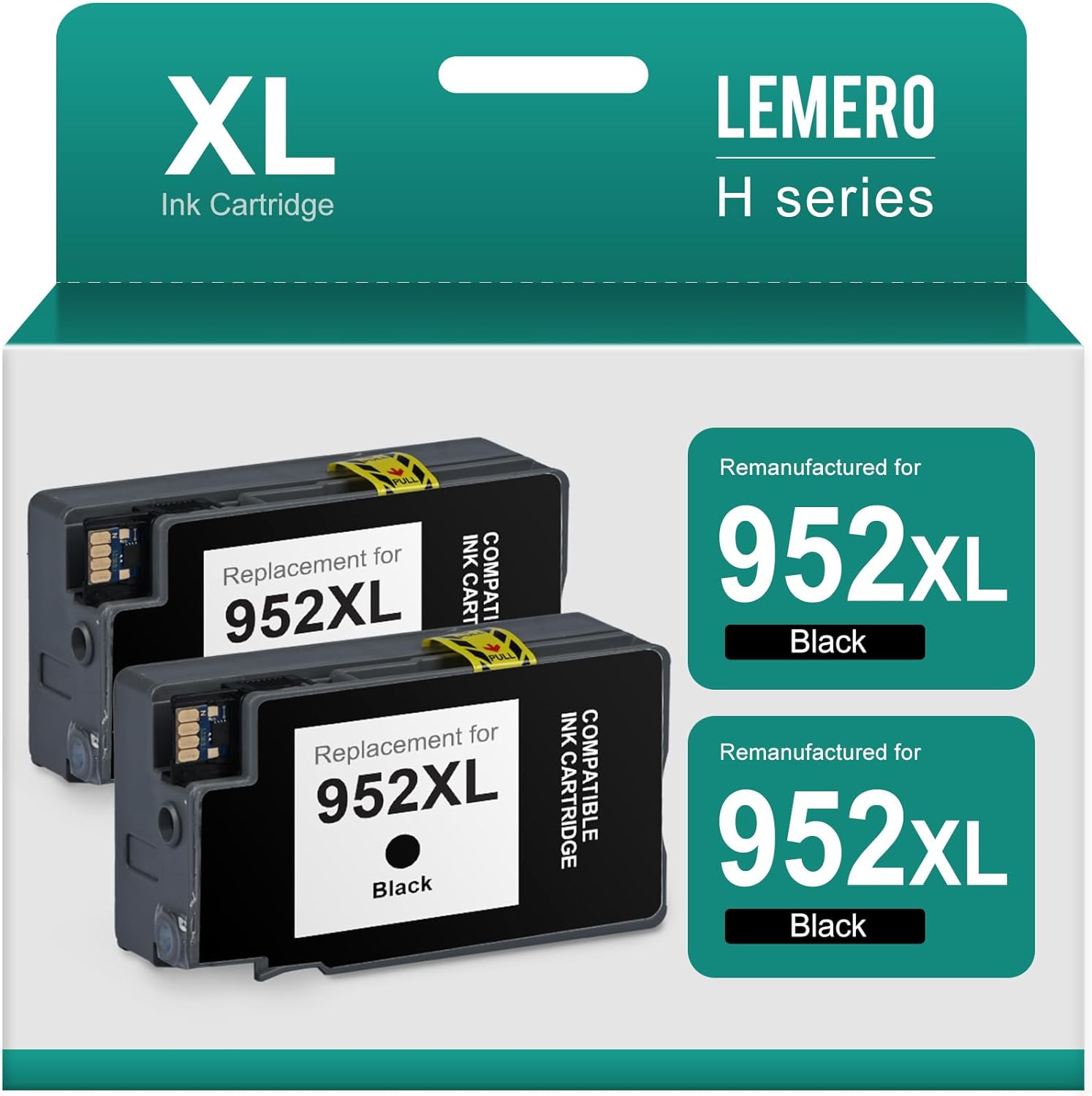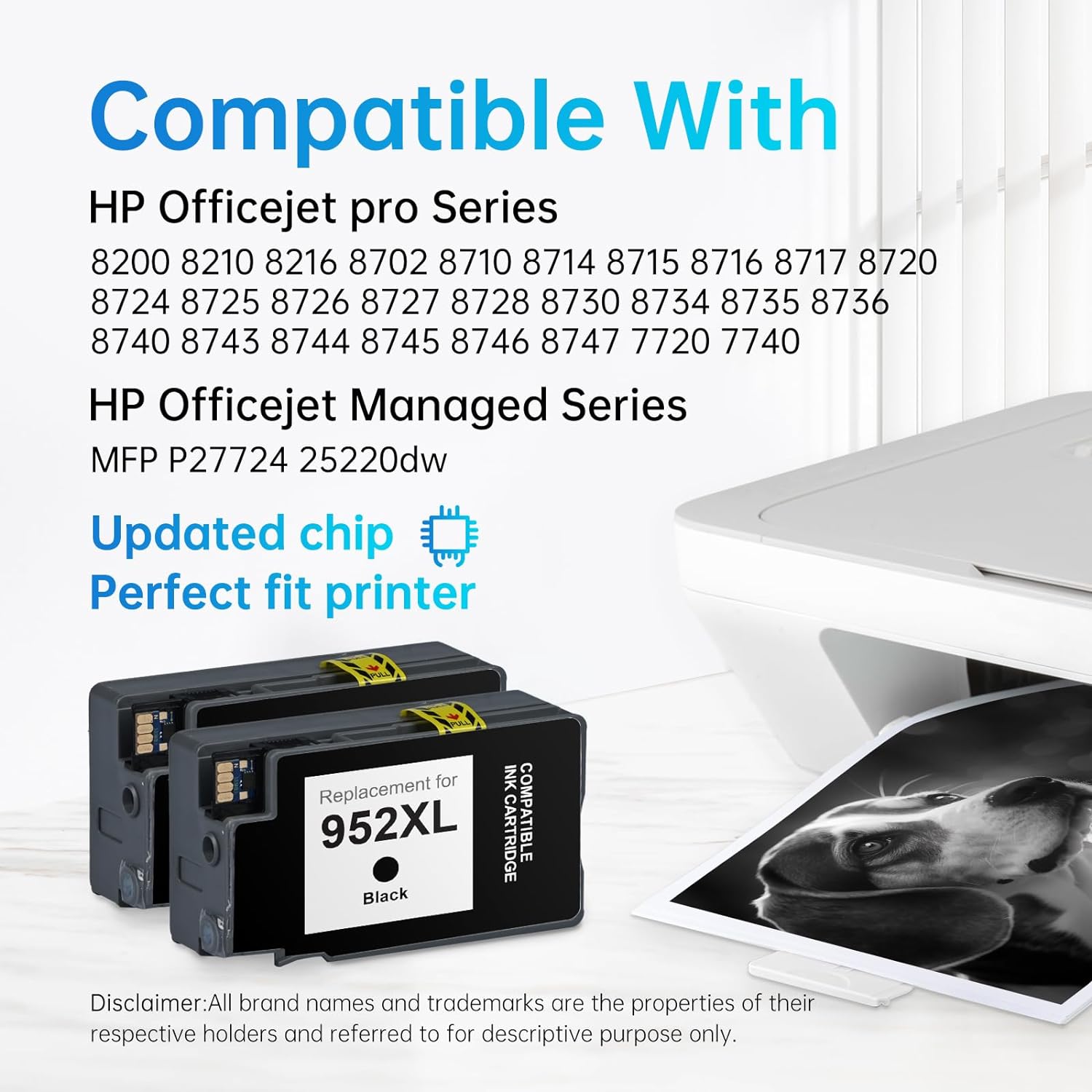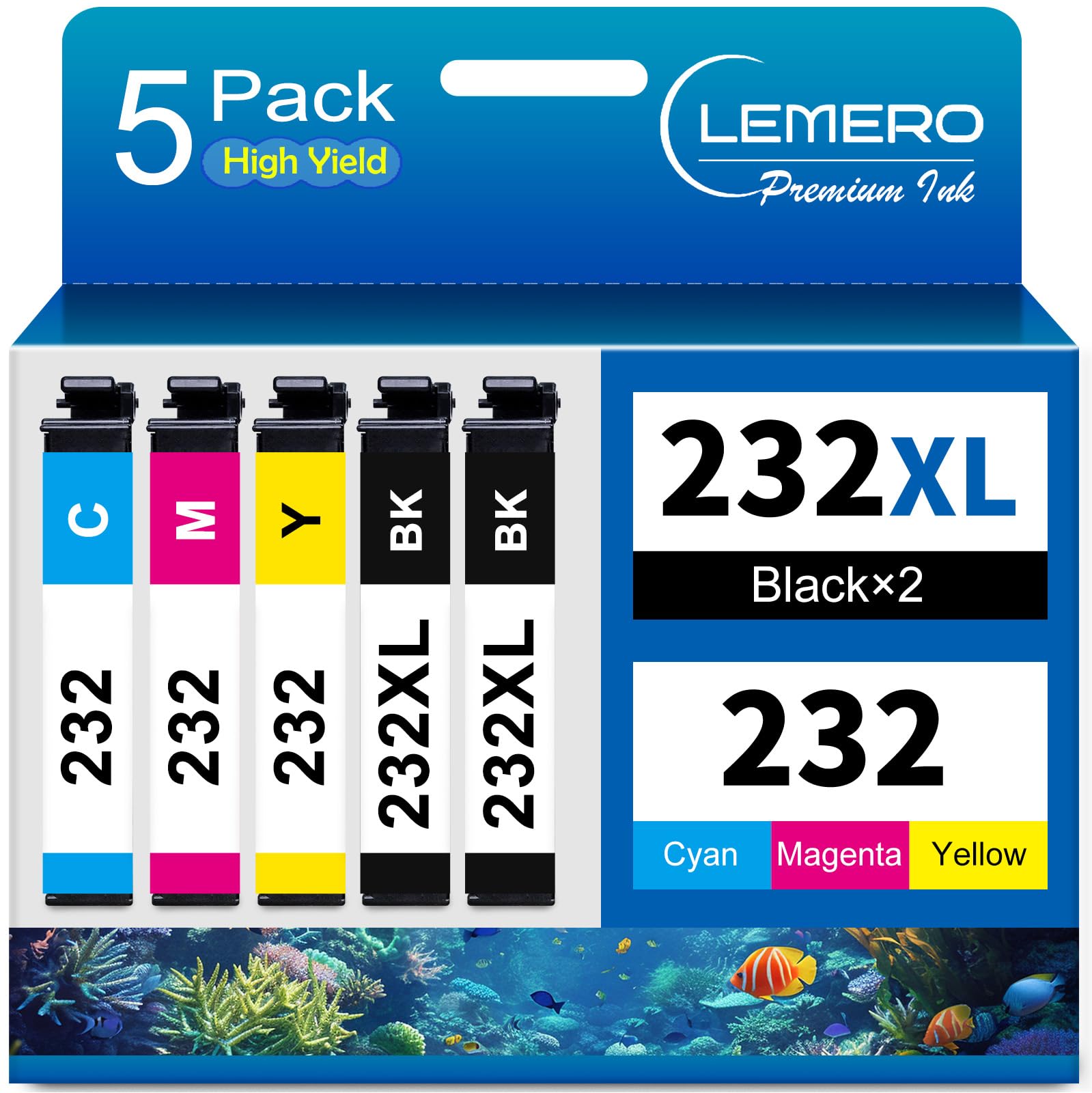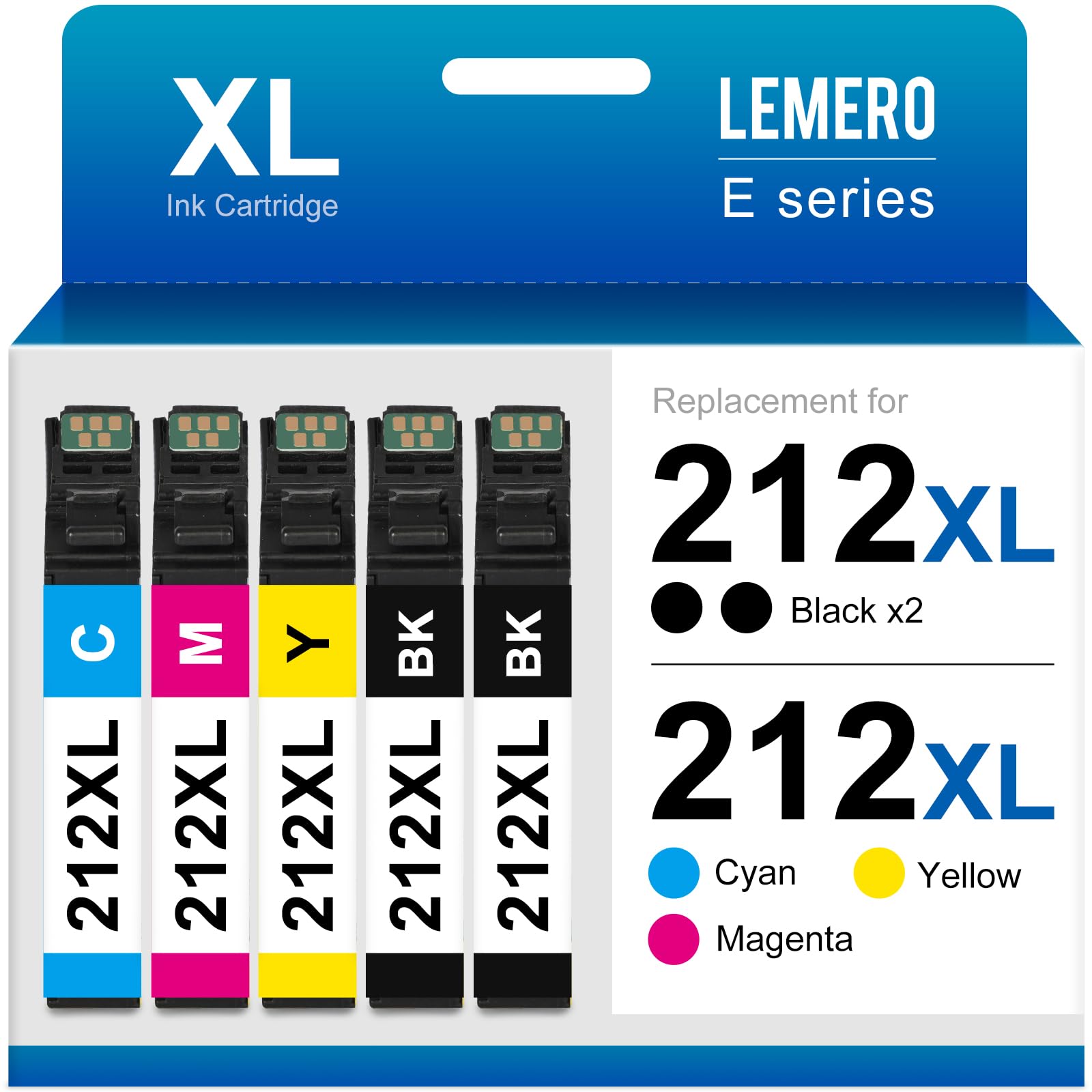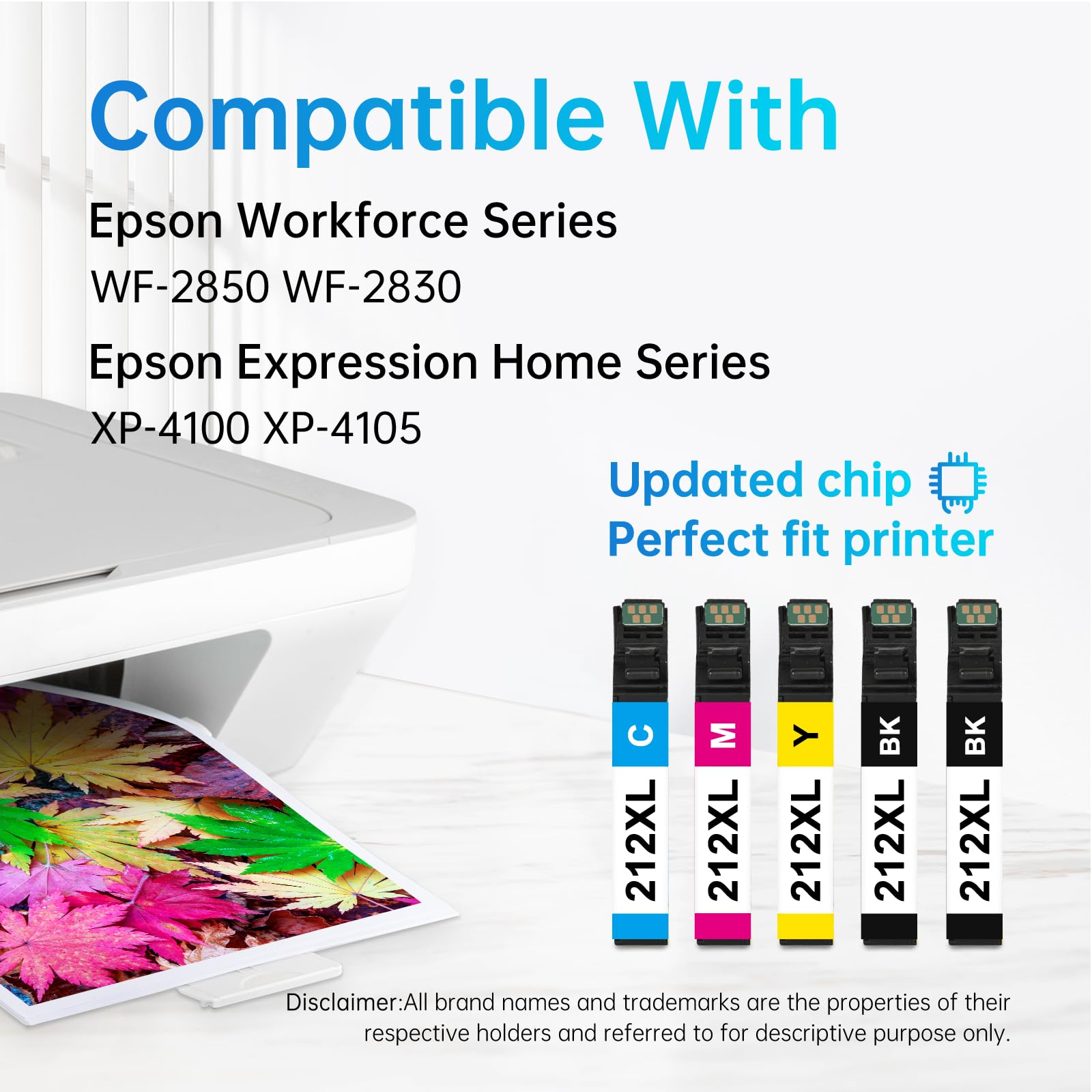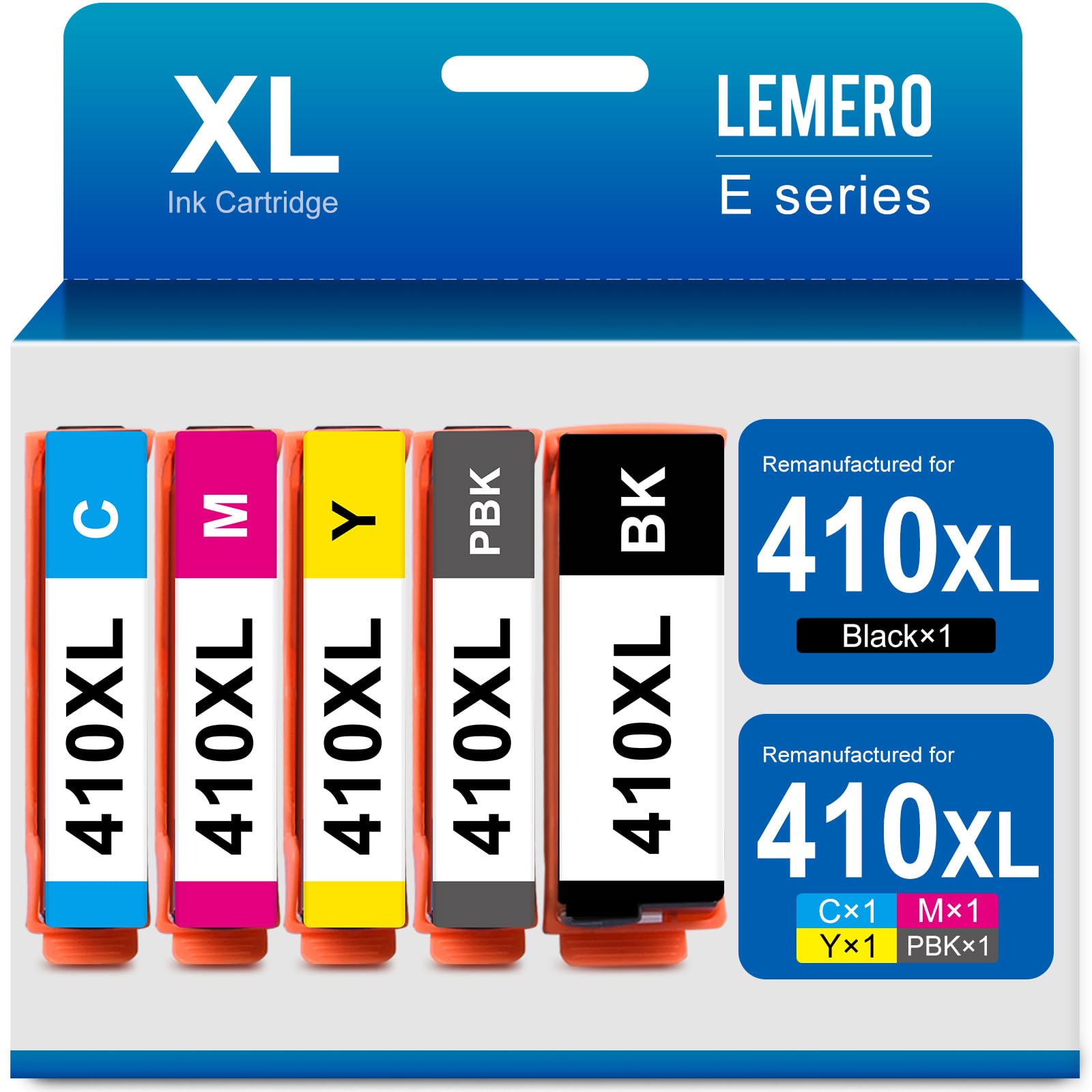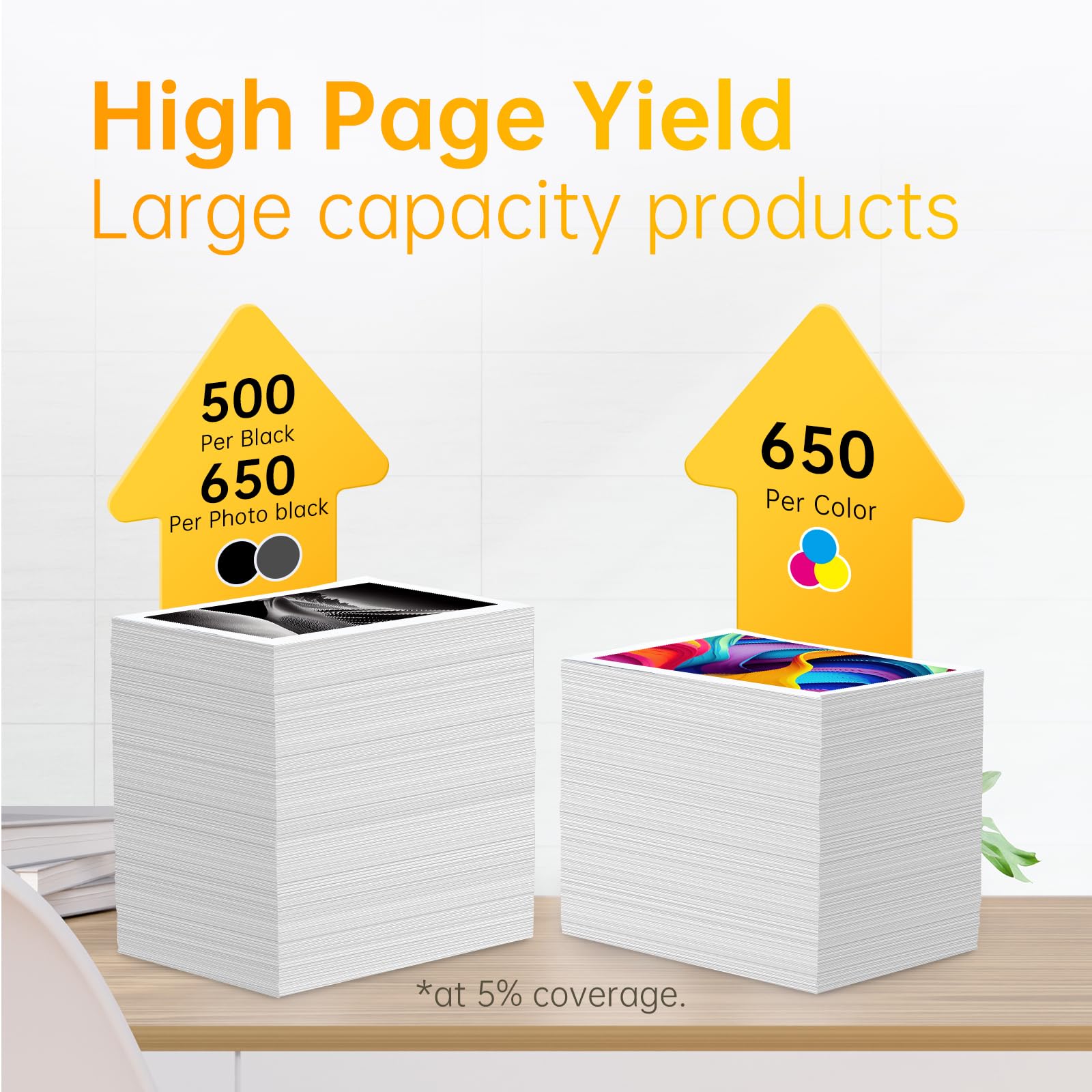Starting a home-based business is an exciting venture that allows you to capitalize on the comfort and convenience of your own space while pursuing your entrepreneurial dreams. Here's a comprehensive guide to help you embark on this journey, with a special focus on setting up a home-based office and the inclusion of a recommended printer and where to find its supplies.
1. Developing Your Business Idea
- Find Your Niche: Reflect on what you are passionate about and consider how you can turn it into a profitable business. It could be anything from selling products online to offering consulting services.
2. Writing a Business Plan
- Structure Your Vision: Create a detailed plan that outlines your business goals, strategies, and financial projections. This step is crucial for mapping out the path to success.
3. Setting Up Your Home Office
- Designate a Workspace: Choose a well-lit and ventilated area in your home. This space should be comfortable and free of distractions to maximize productivity.
- Essential Equipment: Invest in quality furniture, a high-speed internet connection, and technology such as a reliable printer and scanner.
4. Choosing the Right Technology
- Printer Selection: For high-quality, color-intensive prints like brochures and business cards, an inkjet printer is recommended. If your tasks are more about high-volume, black-and-white printing, consider a laser printer.
- Multifunction Printers (MFPs): These devices combine printing, scanning, copying, and sometimes faxing, which can be economical and space-saving.
5. Stocking Up on Supplies
- Printing Supplies: Keep a regular supply of ink or toner cartridges. For cost-effective options, you can consider third-party suppliers while ensuring compatibility and quality. One such reliable source for printer supplies is linfordoffice.com.
6. Marketing Your Business
- Developing a Marketing Strategy: Identify your target audience and choose the right channels for marketing your products or services. Your marketing plan should include a SWOT analysis, setting SMART goals, and outlining specific marketing strategies.
7. Print-on-Demand Business Model
- A Viable Option: If your home-based business involves creating custom designs or artwork, consider starting a print-on-demand business. This model allows you to offer customized products without the need for holding inventory, thereby reducing overhead costs.
8. Continuous Learning and Upgrading
- Stay Informed: Keep yourself updated with the latest trends in your business domain. Engage with online communities, follow relevant blogs, and attend webinars to continually enhance your skills and knowledge.
9. Pros and Cons
- Advantages: Lower overhead costs, potential tax deductions, flexibility, and the ability to sell products or services both locally and internationally are significant benefits of a home-based business.
- Challenges: You may need to adjust your living space to accommodate business needs, comply with regulations, and manage the loneliness that can come from working alone.
10. Execution and Growth
- Implementation: Start by executing your business plan step by step. As your business grows, you might consider expanding beyond your home, renting additional space, or hiring employees.
Remember, the key to a successful home-based business lies in meticulous planning, adaptability, and a commitment to continuous learning and improvement. With the right approach and tools, your home-based business can flourish into a rewarding and profitable venture.


